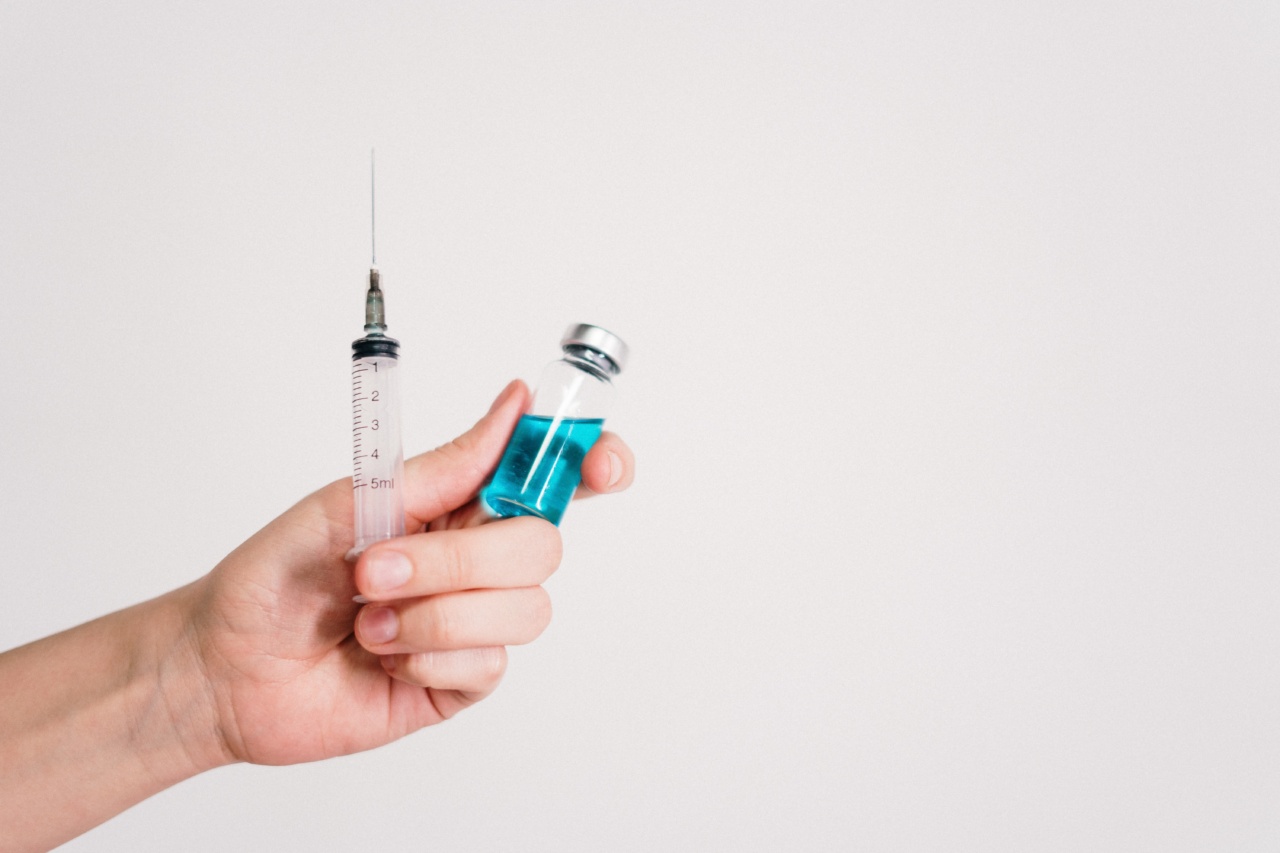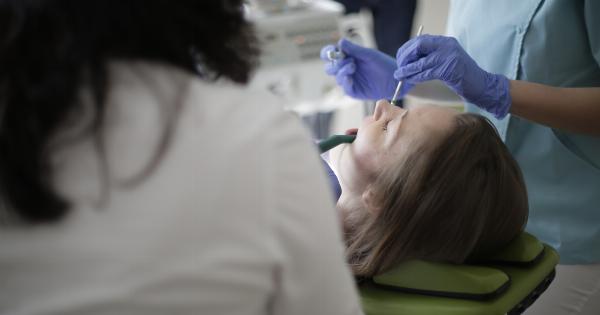Anaphylaxis is a severe and potentially life-threatening allergic reaction that can occur within seconds or minutes of exposure to an allergen. It is a medical emergency that requires immediate attention and treatment.
In this article, we will discuss the symptoms, treatment options, and prevention strategies for anaphylaxis.
Symptoms of Anaphylaxis
Anaphylaxis can affect multiple systems in the body and the symptoms can vary from person to person. Some common symptoms of anaphylaxis include:.
- Hives, itching, and swelling
- Difficulty breathing
- Wheezing or coughing
- Chest tightness or pain
- Drop in blood pressure
- Dizziness or fainting
- Weakness
- Abdominal cramps or vomiting
- Hoarse voice or throat tightness
- Feeling of impending doom
It’s important to note that anaphylaxis symptoms can progress rapidly and can be life-threatening. Prompt recognition and treatment are crucial for a positive outcome.
Treatment for Anaphylaxis
When an anaphylactic reaction occurs, immediate treatment is necessary. The primary treatment for anaphylaxis is injecting epinephrine (adrenaline) using an auto-injector device, such as an EpiPen.
Epinephrine helps to reverse the symptoms of anaphylaxis by narrowing blood vessels, opening up airways, and improving breathing.
After administering epinephrine, it is essential to seek emergency medical care immediately. Even if the symptoms improve, further evaluation and monitoring are necessary, as delayed or recurrent symptoms can occur.
In the hospital setting, additional treatments may be provided, including:.
- Oxygen therapy to improve oxygen levels
- Intravenous fluids to maintain blood pressure
- Antihistamines to relieve itching and hives
- Corticosteroids to reduce inflammation
- Bronchodilators to open up airways
It is important to understand that epinephrine is the first-line treatment for anaphylaxis, and it should be administered without delay. Always carry an epinephrine auto-injector if you have a known risk of anaphylaxis.
Prevention of Anaphylaxis
The best approach to managing anaphylaxis is to prevent exposure to known allergens. Here are some preventive measures to consider:.
- Allergen avoidance: Identify and avoid allergens that trigger anaphylactic reactions. Common triggers include certain foods (such as peanuts, tree nuts, shellfish, etc.), insect stings, medications (like penicillin), and latex.
- Education: Learn to recognize early symptoms of anaphylaxis and how to use an epinephrine auto-injector. Educate family members, friends, and co-workers if you have a severe allergy.
- Medical alert bracelet: Wear a medical identification bracelet or necklace that indicates your allergy and the need for immediate treatment.
- Allergy testing: Consult an allergist for allergy testing to determine specific triggers, especially if you have experienced an anaphylactic reaction in the past.
- Immunotherapy: In some cases, allergen immunotherapy (allergy shots) may be recommended to desensitize the immune system to specific allergens.
It is crucial to work closely with your healthcare provider to develop an individualized anaphylaxis action plan. This plan should include a step-by-step guide on how to recognize symptoms, use an auto-injector, and seek emergency care.
Conclusion
Anaphylaxis is a severe and potentially life-threatening allergic reaction. Prompt recognition of symptoms, immediate administration of epinephrine, and subsequent medical care are vital for managing anaphylaxis effectively.
Education, allergen avoidance, and close collaboration with healthcare providers can help prevent anaphylactic reactions. By taking proper precautions and being prepared, individuals at risk can lead safer and healthier lives.































